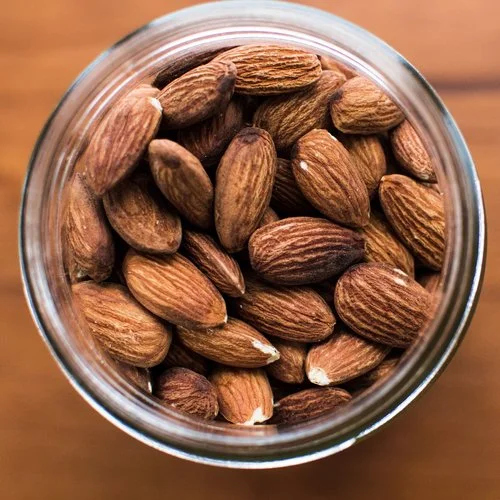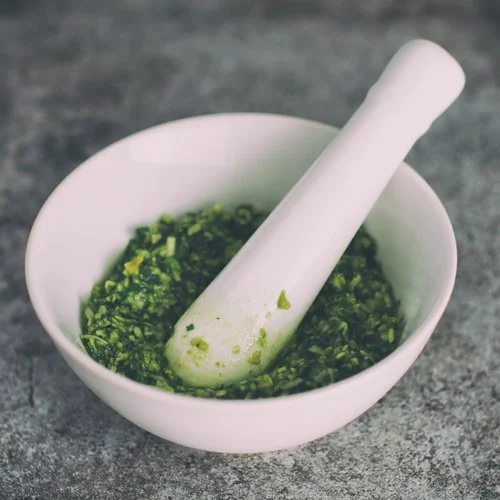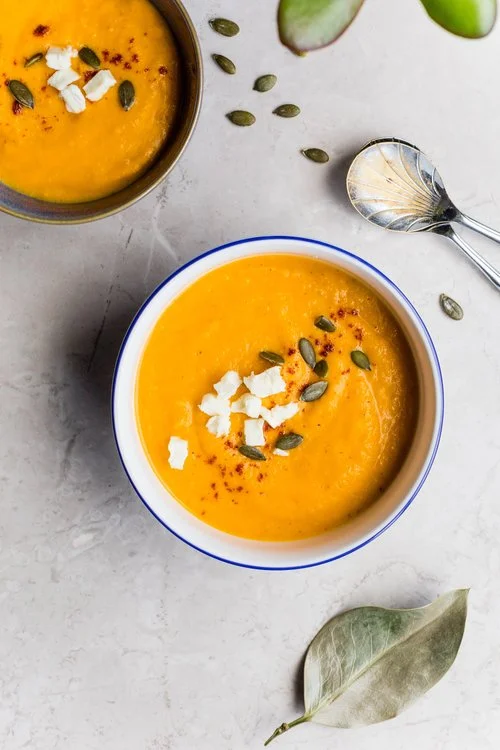Reduce Food Waste
Check out our top tips for reducing your food waste. Have a great tip? Share with us on Twitter, Facebook and Instagram #TasteNotWasteCambridge.
Get your ordering in order
If you find that your business is throwing away food because of spoilage, then check out our top tips for ordering:
Stock take: check your stock and buy only what you need
Little and often: order less but more often to save on storage space and keep food fresh
Neat and tidy: order pre-prepared meat, fish and veg to save on prep time and food waste
Keep it local: consider using local growers to help ensure food freshness
Grow your own: grow herbs and salads on your windowsill or outside space – all taste and no waste!
super storage
Savvy and well-organised storage can increase efficiency in your kitchen and avoid food spoilage. Check out some of our favourite tips for super storage:
Form an orderly queue: store new items at the back to ensure older items are used first
Right place, right time: Store food in the right place as soon as it is delivered.
Mark it up: label and date food to reduce spoilage
Get friendly with your fridge: store raw meat, fish and eggs at the bottom of your fridge, unwashed fruit and veg on the next shelf up, and cooked/ prepared food and washed fruit and veg on the top shelves. Avoid overloading your fridge or freezer and treat your fridge to a thermometer to keep your food at optimum temperature
Sleep tight: use airtight containers to keep food at its best
Hug it out: we also love Food Huggers and similar brands – silicone, airtight seals for the ends or halves of veg, keeping them happy for when you next need them!
Photo by Artur Rutkowski on Unsplash
taste not waste menu
If you find that your business is throwing away food from preparation or spoilage, consider:
Slim down: reduce your menu choices to avoid high running costs for ingredients, food preparation and waste
Ingenious ingredients: explore ways of using the same ingredients, cooked in different ways for different dishes
Love your leftovers: a daily specials board can help to use up excess ingredients
Souped up: throw in vegetable trimmings to soups and stock
Raise a toast: rescue leftover toast as breadcrumbs for fishcakes and stale bread for puddings and crostini
Tasty trimmings: turn meat and fish offcuts into pâtés and terrines
Jammin’: turn excess produce into chutneys, pickles, jams, compotes and sauces
Get whizzy: use squidgey fruit in smoothies, juices, sauces and ice creams
Roast it up: roast veg which is past its best for all sorts of delicious dishes
Milk it: use surplus milk and cream in smoothies, sauces and ice cream
Hey pesto: turn sad-looking herbs into zingy pesto.
PERFECT PORTIONS
If you see food waste from your customers’ plates, consider:
People power: involve front of house staff in identifying the most common leftovers. Listen to feedback from customers and engage staff in the menu design process
Optimise portion size: reduce portion sizes for common leftovers like chips or bread
Weigh it out: measure ingredients and portions using scales and scoops
Size it up: offer different options for portion size
Side with that? provide side dishes as options or on request
Buffet patrol: monitor your buffet and only top up as needed.
Photo by Toa Heftiba on Unsplash
TAKE IT AWAY!
Offer customers the option to take home their leftover food and enjoy later.
Provide leftovers in food-grade packaging and let customers know that they are responsible for the safety of the food once they take it away from your premises.
Contact Cambridge City Council Environmental Health team for any queries around food safety.





